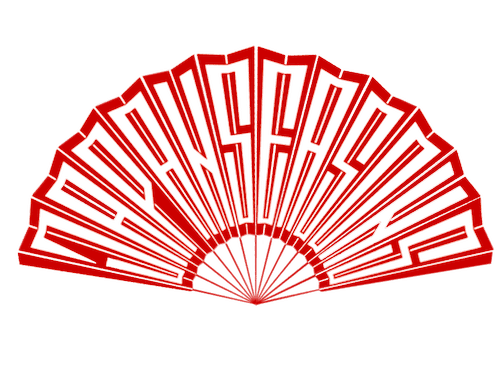Tokyo in Japanese means the Eastern Capital. This name was given to the samurai city of Edo after the capital was moved here from Kyoto in the second half of the 19th century. The largest city in Japan never ceases to amaze travelers with its cleanliness, convenient transportation, and friendliness of the locals who are ready to overcome language barriers and help their foreign guests. Tokyo attracts everybody interested in modern Japan: fans of contemporary architecture and street fashion, video games, and unusual cafes.
- Tours
- Classic Japan Tour
Anytime Tour “Classic Japan”
Experience the true spirit of Japan with our classic tour, ideal for any time of the year. Your adventure begins in the bustling capital of Tokyo, followed by a visit to the serene Fuji-Kawaguchiko area. Continue west to the culturally rich Kansai region, where the historical treasures of Kyoto, Nara, and Osaka await. The tour also includes visits to the iconic Himeji Castle and the picturesque Miyajima Island, offering a well-rounded experience of Japan’s rich culture and natural beauty.
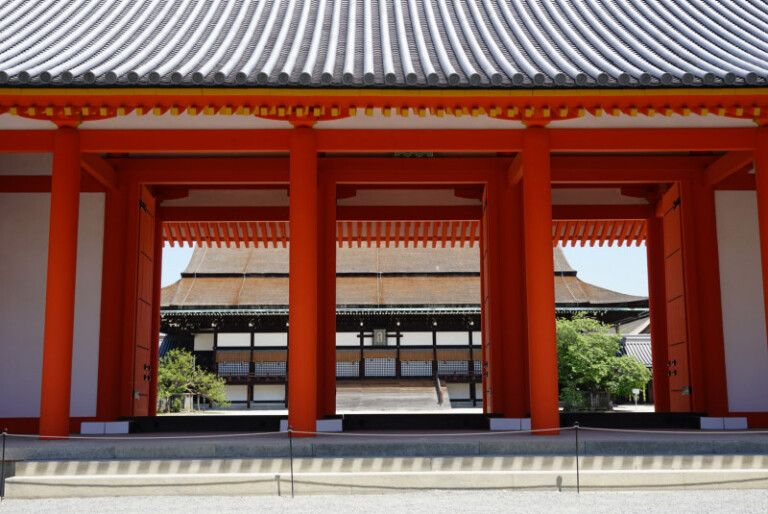
CUSTOMIZED ITINERARY FOR YOUR DATES
Dates
- Private tour
Duration
- 10 days / 9 nights
Price
- On request
Itinerary
- Tokyo → Fuji-Kawaguchiko → Kyoto → Nara-Osaka → Kyoto → Himeji → Miyajima → Tokyo
Daily itinerary
Day 1
Meet your tour guide at the Arrivals
Transfer to Tokyo
Tokyo Sightseeing: the world-famous Shibuya Crossing and the statue of the loyal dog Hachiko, a stroll through the Ginza district
Check-in at the hotel, rest

Tokyo
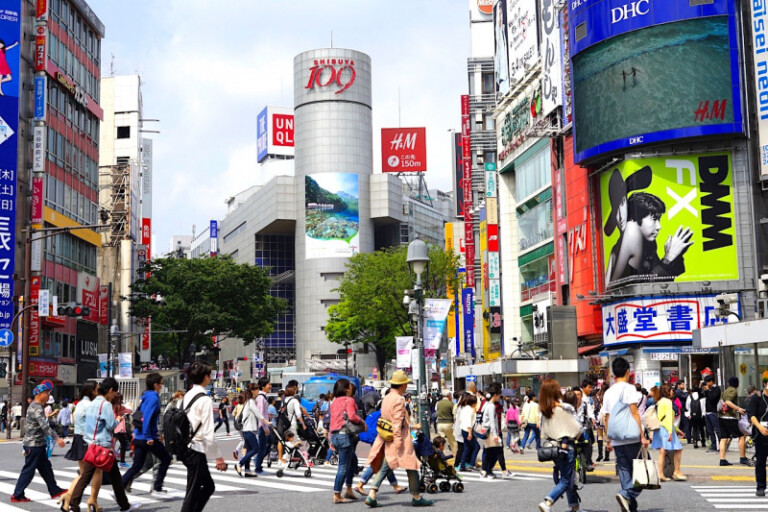
Shibuya Area
Shibuya scramble crossing is one of the busiest crossings in Tokyo. The green light comes on from four directions at once, and several hundred people (during peak hours, the number can reach 1,000) rush simultaneously in all directions, managing to dodge each other with ease built up over the years.
For its picturesque yet orderly crowds, the crossing is beloved by filmmakers, and people worldwide are familiar with it from TV series, movies, and commercial videos. The best spot to watch the hypnotic flow of people is the Starbucks coffee shop on the 2nd floor of the building on the north side of the crossing.
There is also a statue of the faithful dog Hachiko near Shibuya Station, where he used to meet his master, a professor at Tokyo University, every day. After the professor’s sudden death, the dog came to the station every day for nine years, waiting for his master to return. Hachiko became the symbol of loyalty.
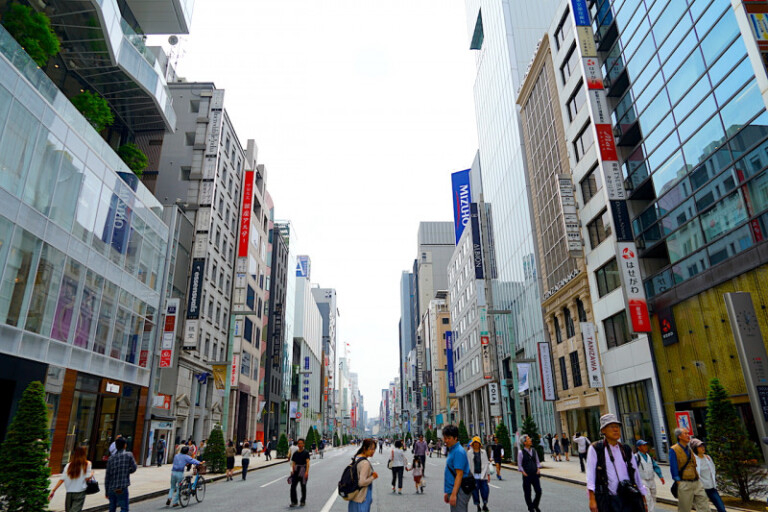
Ginza District
Ginza is Tokyo’s most luxurious shopping district, home to prestigious department stores, world-famous designer boutiques, coffee shops, and traditional Japanese restaurants. People come here to learn about the latest high fashion trends and enjoy the creations of the best architects worldwide.
At the same time, Ginza is an art lover’s paradise. There are about 200 art galleries and Kabukiza Theater, which still regularly hosts Kabuki theater performances.
Day 2
Meet your tour guide at the hotel lobby
Tokyo Sightseeing: Asakusa district, Sensoji Buddhist Temple, Nakamise shopping street, Japanese garden
Transfer to Fuji-Kawaguchiko area
Check-in at the hotel
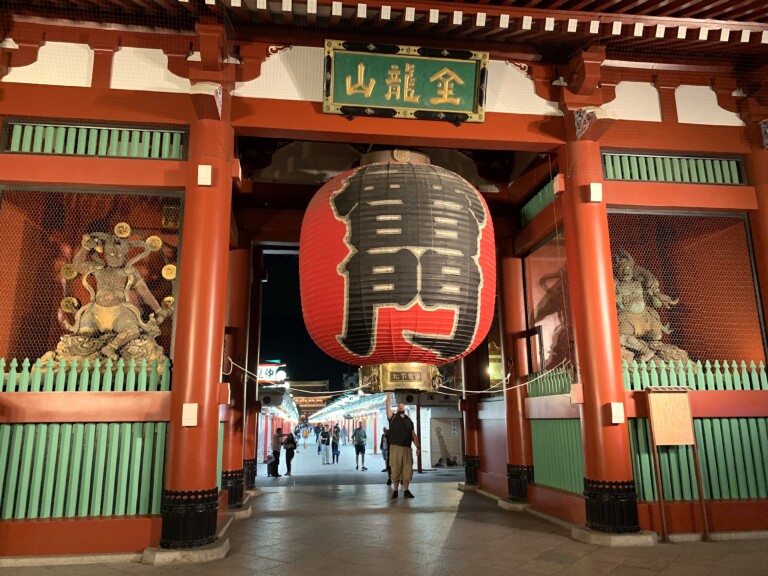
Sensoji Temple
Sensoji Temple, located in Tokyo’s historic Asakusa district, is one of the city’s most revered and iconic landmarks. Believed to have been founded in the 7th century, the temple is dedicated to the Bodhisattva Kannon, the Goddess of Mercy. As you approach the temple, you pass through the vibrant Kaminarimon Gate, adorned with a massive red lantern. A bustling market street called Nakamise-dori leads you to the temple’s main hall, where visitors can admire the intricate architecture and serene atmosphere. Sensoji Temple is not only a religious site but also a cultural treasure, offering a glimpse into Tokyo’s rich history and spiritual heritage.
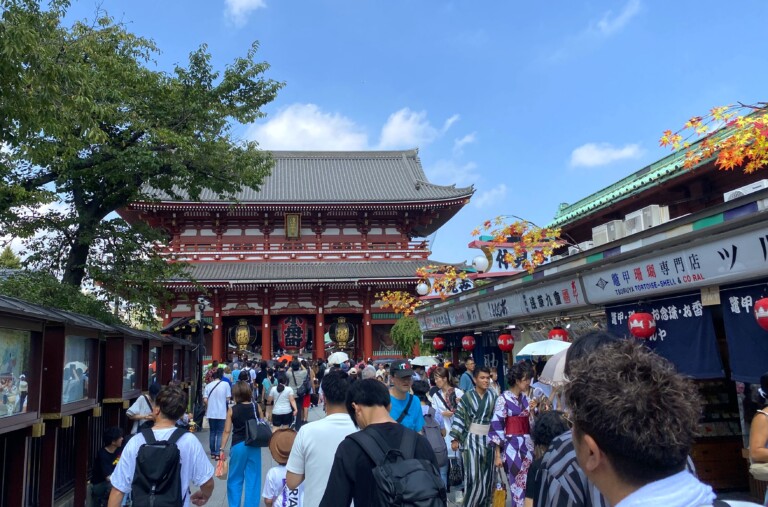
Nakamise Street
Nakamise Street is a historic shopping street in the Asakusa district, believed to be several centuries old. Stretching 250 meters, the street is densely lined with small shops on both sides, selling traditional sweets and souvenirs, and leading from the “Thunder Gate” Kaminarimon to the main grounds of the Sensoji Buddhist Temple. Here, you can watch the baking of Tokyo’s traditional ningyo-yaki sweets, try crispy traditional crackers, and experience the vibrant and lively atmosphere of Japan’s usually serene capital.
Day 3
Meet your tour guide at the hotel lobby
Fuji-Kawaguchiko area Sightseeing: view of Mt. Fuji, Chureito pagoda, traditional village, Shiraito waterfall
*Mount Fuji is only visible on clear days!
Transfer to the Shinkansen station
Move to Kyoto by Shinkansen bullet train
Check-in at the hotel
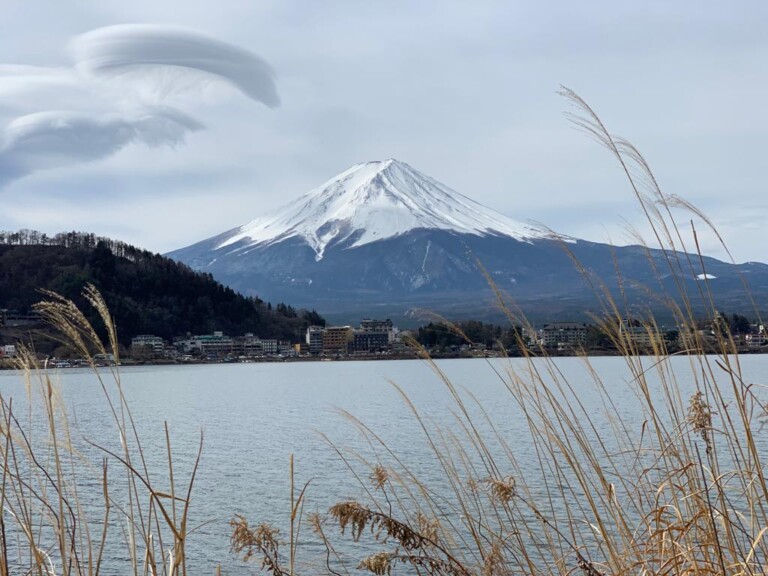
Mount Fuji
Fuji is an active stratovolcano on the Japanese island of Honshu, 100 kilometers southwest of Tokyo, on the border of Shizuoka and Yamanashi prefectures. The height of the volcano is 3,776 m. The circumference of the volcano’s base is 125 kilometers, and the diameter is 40-50 kilometers. The crater’s rim is about 500 meters, and the depth is about 250 meters. There are eight peaks around the crater, each with its name. The highest point of Fujisan is Kengamine Peak. The volcano is active; the last eruption was back in 1707-1708.
The mountain and its surroundings are part of the Fuji-Hakone-Izu National Park and have been a UNESCO World Heritage Site since 2013.
There are a Shinto temple, a post office, and a weather station on the top of Mount Fuji.
The mountain has a perfect conical shape and is considered sacred, serving as a religious pilgrimage and a tourism site. For centuries the beautiful outline of Fuji has been a popular theme in Japanese art.

Chureito Pagoda
Chureito Pagoda is a five-story pagoda located in Arakura Sengen Park, built in 1962. It is a popular tourist destination, offering stunning views year-round. The pagoda is part of the Arakura Sengen Shrine. Standing at a height of 19.5 meters, the top of the pagoda against the backdrop of Mount Fuji’s snowy peak is one of the most iconic views of Fuji, captured in numerous paintings and photographs.

Shiraito Waterfall
Shiraito Falls is considered the widest waterfall in Japan, spanning 150 meters! With a height of 20 meters, the waterfall is fed by underground springs from Mount Fuji. The name “Shiraito” translates to “white threads,” a term used in Japanese to describe uncolored threads, highlighting the waterfall’s exceptional beauty. Shiraito Falls is listed among Japan’s top 100 most beautiful tourist spots and is a UNESCO World Cultural Heritage site. The breathtaking landscape, changing with the seasons, attracts numerous photographers from around the world.
Day 4
Meet your tour guide at the hotel lobby
Kyoto Sightseeing: Kinkakuji Golden Pavilion, Ryoanji temple with Zen Rock Garden, Kiyomizu-dera Temple, the traditional streets of Kyoto
Back to the hotel
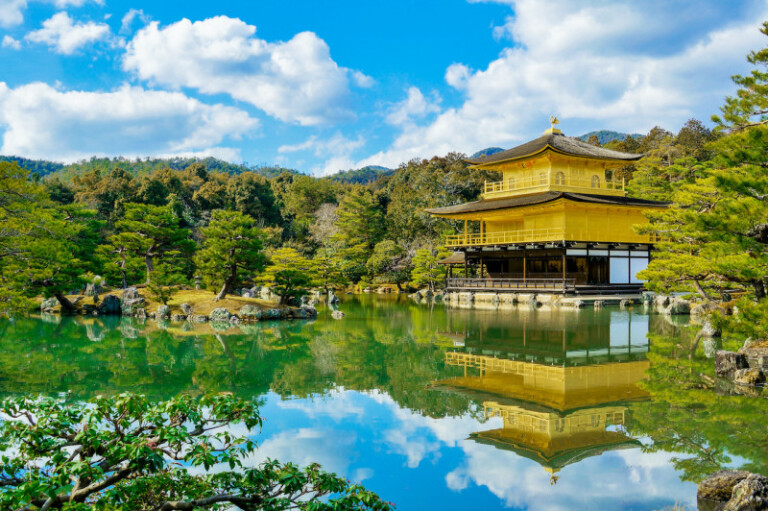
Kinkaku-ji (Golden Pavilion)
Kinkaku-ji Temple, often called the Golden Temple, is one of Japan’s most famous temples and Kyoto’s main attractions. Built at the end of the 14th century, this complex, with its three-story pavilion covered with gold leaf, captivated the minds of its contemporaries. The famous Japanese writer Yukio Mishima captured its fate and glory in the novel “The Golden Temple.” Today Kinkaku-ji Temple is a must-see on any traveler’s itinerary in Japan. In addition to the famous pavilion, the UNESCO World Heritage Site also features a traditional walking garden, small waterfalls, and a tea house, representing the culture of the samurai era.
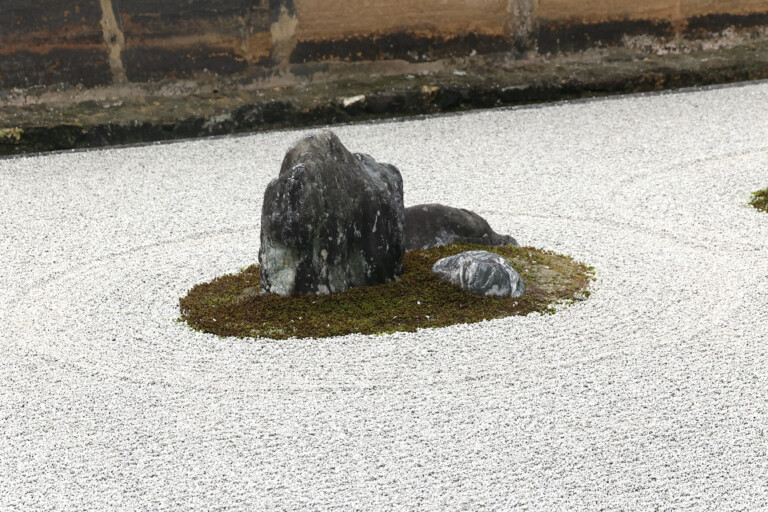
Ryoan-ji Temple
Ryōan-ji Temple, located in northern Kyoto, was founded in the mid-15th century. The famous rock garden was also established at the same time. The garden is now considered one of the best in Japan and is protected as a UNESCO World Heritage Site.
For centuries, the Ryōan-ji Temple garden has attracted visitors trying to solve its mystery: why can you see only 14 of the 15 stones? And what does the composition of sand and rocks represent?
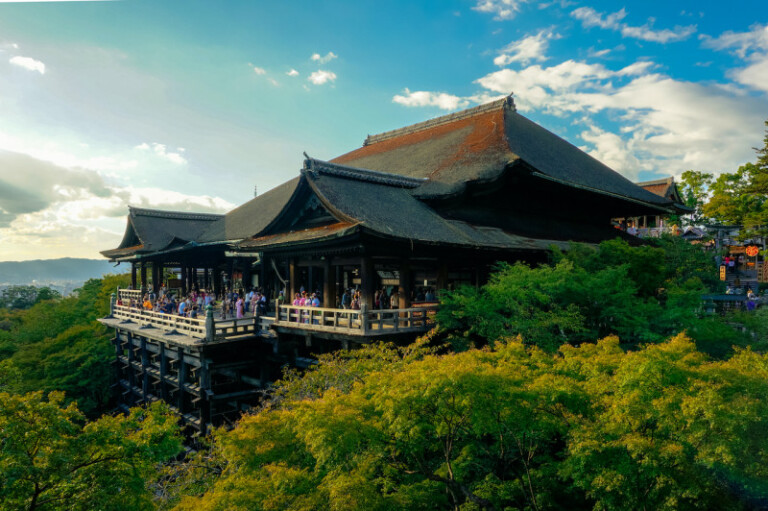
Kiyomizu-dera Temple (Pure Water Temple)
The Pure Water Temple, or Kiyomizu-dera, is one of Kyoto’s most famous and most visited temples and is a UNESCO World Heritage Site. It was founded on a mountainside near a spring. Its clear water is said to bestow health, longevity, and wisdom. The temple’s main attraction is its main hall, with an open veranda built on stilts over a cliff. The structure, assembled without a single nail, towers over Kyoto, offering a beautiful view of the old capital. Cafes and stores lining the road to the temple sell Kyoto sweets, ceramics, and souvenirs for all tastes.
Day 5
Meet your tour guide at the hotel lobby
Kyoto Sightseeing: Nijo Castle, Nishiki market, Teramachi street, Fushimi Inari Shrine
Back to the hotel
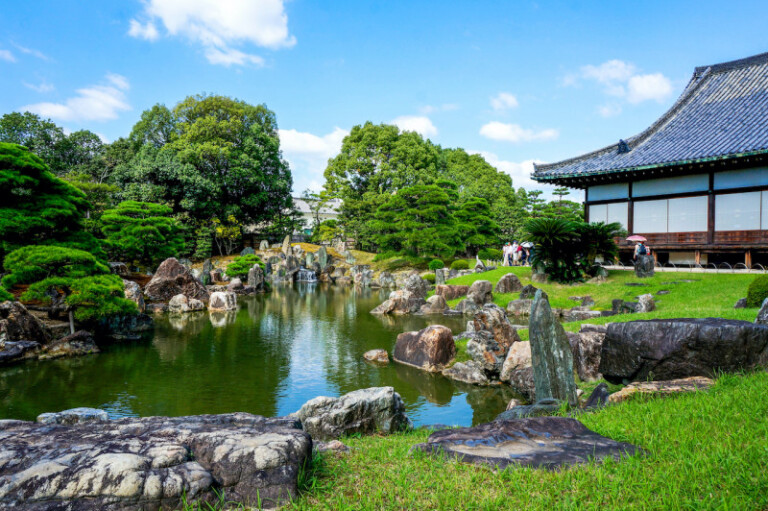
Nijo Castle (Nijo-jo)
Nijo Castle is a UNESCO World Heritage Site in Kyoto, built in the early 17th century for the powerful shogun Tokugawa Ieyasu. During his visits to the imperial capital, the shogun stayed in the castle with several ornate palaces and a beautiful garden. One of the complex’s palaces, Ninomaru, has survived to this day. The palace’s interior is painted by famous artists of the Kano school and is richly decorated with wood carvings and gold. Tokugawa Ieyasu himself admired the garden created by Kobori Enshu, the great master of the tea ceremony and landscape design.

Nishiki Market
Nishiki Market is a narrow, covered street paralleling one of Kyoto’s main avenues. It features more than 100 stores and restaurants specializing in food and tableware. Here you can find fresh seafood and vegetables, famous Kyoto pickles and sweets, dishes, knives, teas, and much more.
Many stores offer free or low-cost tastings of their most popular products. You can also sit in a small bar or restaurant and watch the lively life of this part of Kyoto, which has changed little in the last 400 years.
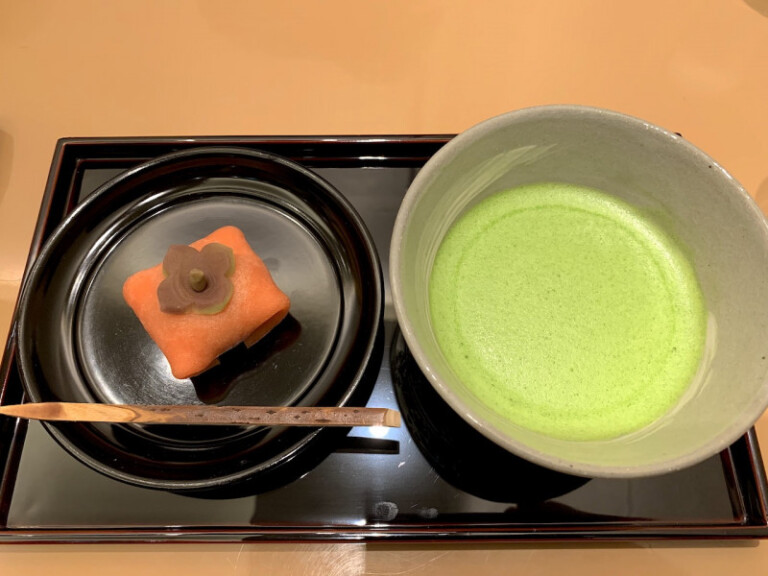
Teramachi Street
Teramachi Street is one of the most interesting historical streets in Kyoto. A thousand years ago, this area was home to the fashionable residences of those close to the emperor’s court. During the Middle Ages civil wars, this part of the city was almost destroyed. The mighty Toyotomi Hideyoshi renovated the war-torn capital and gathered Buddhist temples on this street, around which a shopping and artisan district eventually formed. Today, Teramachi Street features old temples, traditional and modern stores, and a variety of restaurants.
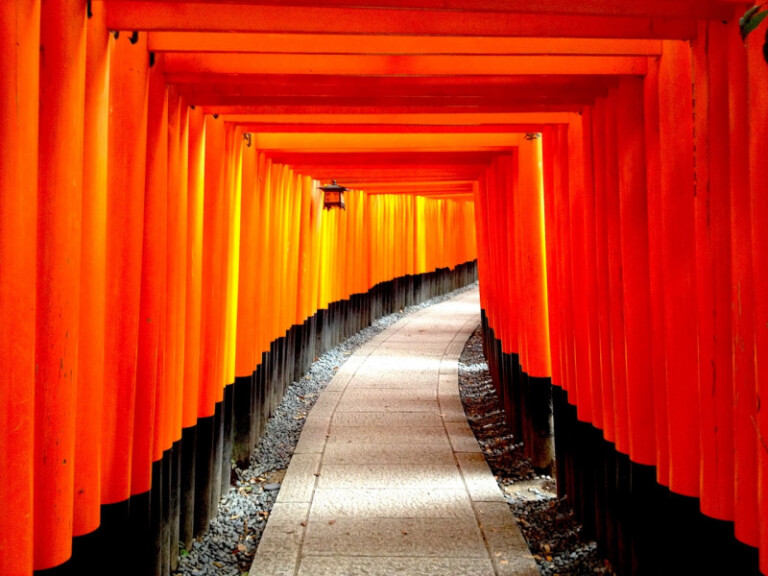
Fushimi Inari Shrine
Fushimi Inari Shrine is one of the most important shrines of the Old Capital and the head shrine for a network of over 32,000 subordinate shrines across the country.
The god Inari, to whom the shrine is dedicated, is considered the patron saint of rice farming and artisans, merchants, and business people in general. According to tradition, a generous offering can earn the god’s favor. In Fushimi Inari Shrine, the best gift is considered to be a temple gate-torii. The popularity of the god Inari can be judged by the fact that the entire shrine area is densely packed with thousands of red gates of various sizes, forming red corridors leading from the main altar to the top of the mountain.
Day 6
Meet your tour guide at the hotel lobby
Nara and Osaka Sightseeing: Todaiji Temple, Kasuga Shrine, Nara Deer park, Osaka Castle Park, Dotonbori street, Umeda Sky Building observation deck
Return to Kyoto
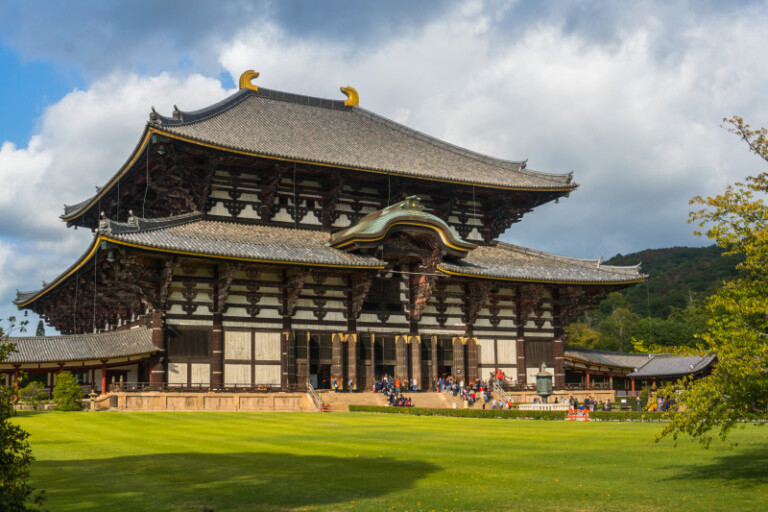
Todai-ji Temple
Todai-ji is a Buddhist temple complex whose main building is one of the largest wooden structures in the world. Built in the mid-8th century by order of the emperor with donations from all over the country, the temple features the biggest bronze statue of Buddha in Japan. Almost all the bronze produced in Japan at the time was used to cast the colossal sculpture. The complex also has several unique wooden structures, including the giant Nandaimon Gate with the famous Nio guard figures, the Bell Tower, and Nigatsu-do Hall. The entire complex is a UNESCO World Heritage Site.

Kasuga Shrine
Kasuga Taisha is one of Japan’s most ancient Shinto shrines, founded in the mid-8th century to protect the capital, Nara. A UNESCO World Heritage site, it is famous for its kasuga-zukuri architectural style, the thousands of stone and bronze lanterns decorating its grounds, and the pristine ancient forest where sacred deer, considered messengers of the deities, roam free.
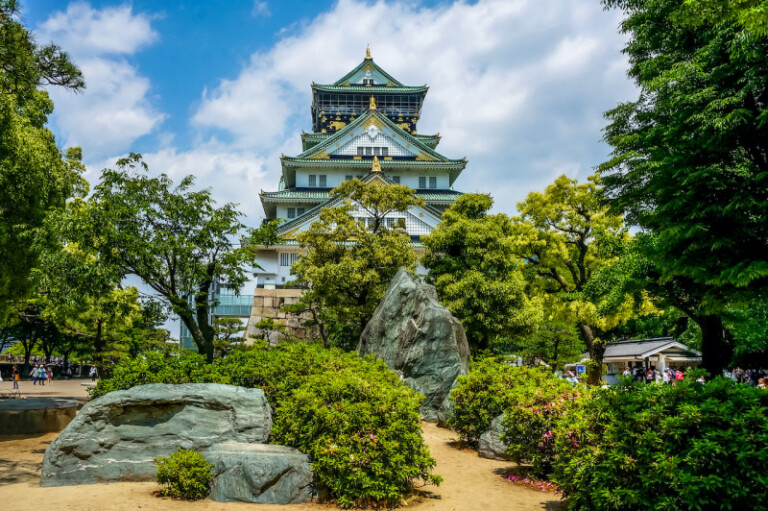
Osaka Castle
Osaka Castle, one of the most famous castles in Japan, was built in the late 16th century by the feudal lord Toyotomi Hideyoshi and was one of the best fortifications of the time. The castle was burned during the civil conflicts of the Meiji Restoration in the mid-19th century and was rebuilt in the early 20th century with concrete. Destroyed during the bombing of World War II, the castle was rebuilt again in the 1990s and is now one of Osaka’s most popular tourist attractions.
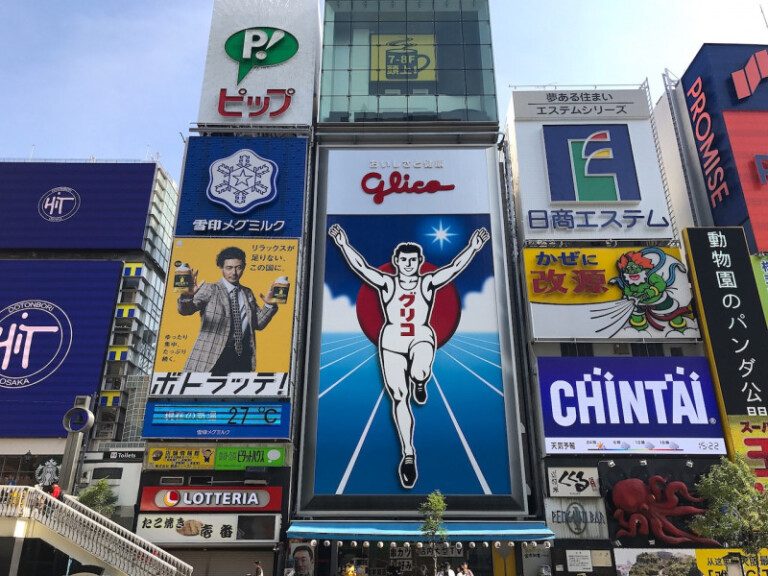
Dotonbori District
Dotonbori is a neighborhood that stretches along the Dotonbori canal between Dotonboribashi Bridge and Nipponbashi Bridge. The history of Dotonbori goes back four hundred years. In the early 17th century, this area was designated for entertainment venues by a government decree. By the end of the Edo era, there were six Kabuki theaters, five Bunraku theaters, and other smaller establishments. A restaurant area eventually grew around the theaters, and the district became one of the most popular places for evening entertainment for citizens and visitors. By now, there’s little left of the traditional theaters, but the area is still famous for its active nightlife, entertainment, and delicious food.
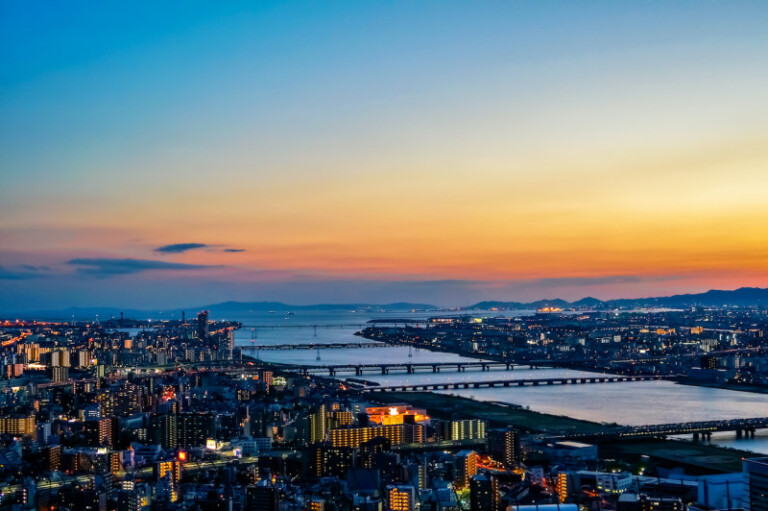
Umeda Sky Building
Designed by architect Hara Hiroshi in 1993, this 173-meter building is the 19th tallest in Osaka and one of the most notable parts of the cityscape. Two forty-story towers are connected at the top by Floating Garden Observatory, whose glass verandas offer beautiful city views. The basement floor, with stores and restaurants, resembles a Japanese city street of the early 20th century. Various companies’ offices occupy the building. There is a lovely park with fountains at the base of the towers.
Day 7
Free day in Kyoto
*We will provide you with recommendations on how to spend your free day, including what to see and where to go
Day 8
Meet your guide at the hotel lobby
Move to Himeji by Shinkansen bullet train
Visiting White Heron Castle Himeji-jo
Transfer to Hiroshima by Shinkansen bullet train
Move to Miyajima Island
Check-in at the hotel on Miyajima Island
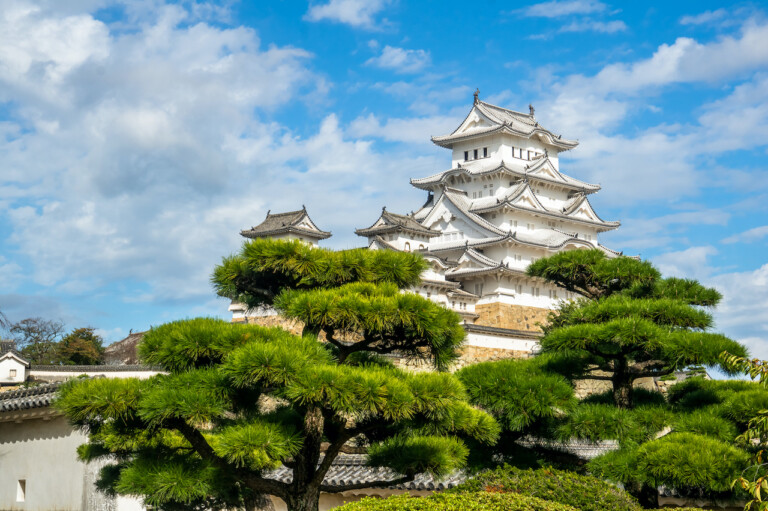
Himeji Castle
Himeji Castle is one of Japan’s 12 historically preserved castles and is considered the most beautiful. It is a UNESCO World Heritage Site. The castle was built in the early 17th century and was second in size and beauty only to the lost Edo Castle, the residence of the Tokugawa shoguns. Unscathed by wars, fires, and natural disasters for 400 years, the castle is often featured in movies about the samurai era. Fans of classic Japanese cinema remember it for Akira Kurosawa’s “Ran.” The impregnable castle holds secrets of Japanese military strategy and keeps stories of gods and ghosts. The name “White Heron Castle” reflects the beauty of its walls.
Day 9
Meet your tour guide at the hotel lobby
Miyajima Sightseeing: Otorii Gate - one of Japan's three most beautiful landscapes, Itsukushima Shrine
Move to Tokyo by Shinkansen bullet train
Check-in at the hotel, rest
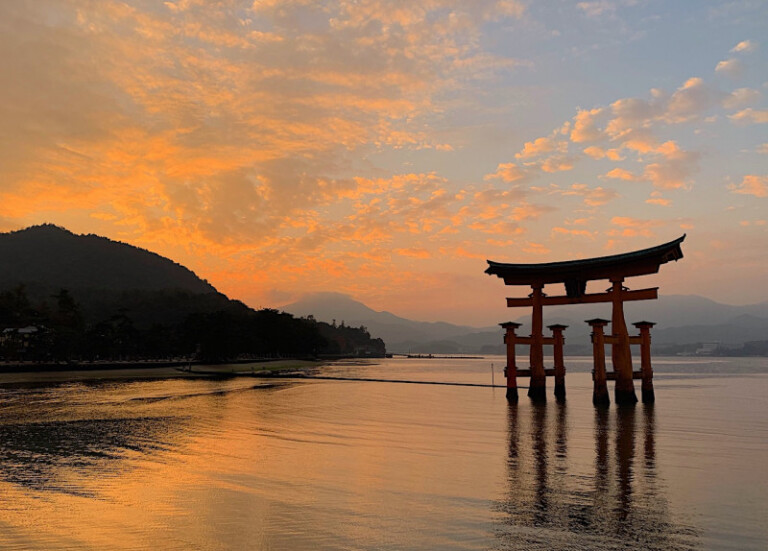
Itsukushima Shrine
Itsukushima Shrine is one of Japan’s most famous Shinto shrines located on the island of Itsukushima (also known as Miyajima Island). The sight of the main torii gate set in the sea is one of Japan’s three most famous views. The shrine was founded in the 6th century and took its present form in the 12th century when it was extensively expanded and rebuilt by Taira no Kiyomori. The buildings we see today were built in the mid-16th century, although they are similar in design to those of the Taira clan era. The “floating” shrine is a UNESCO Cultural Heritage Site and a National Treasure of Japan.
Day 10
Move to the airport, departure from Japan
